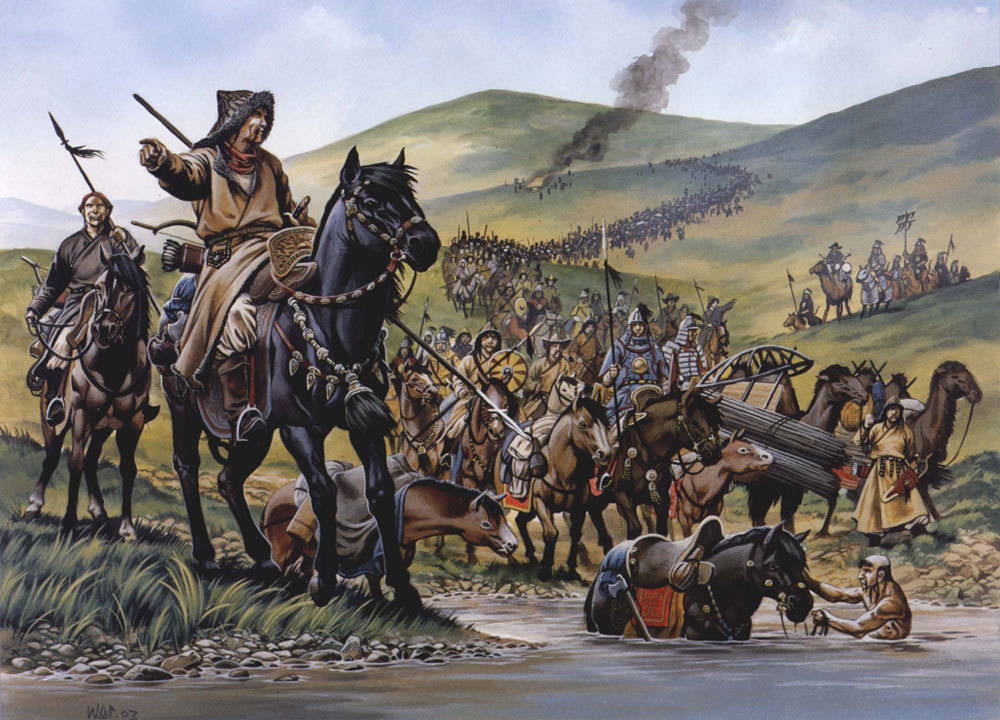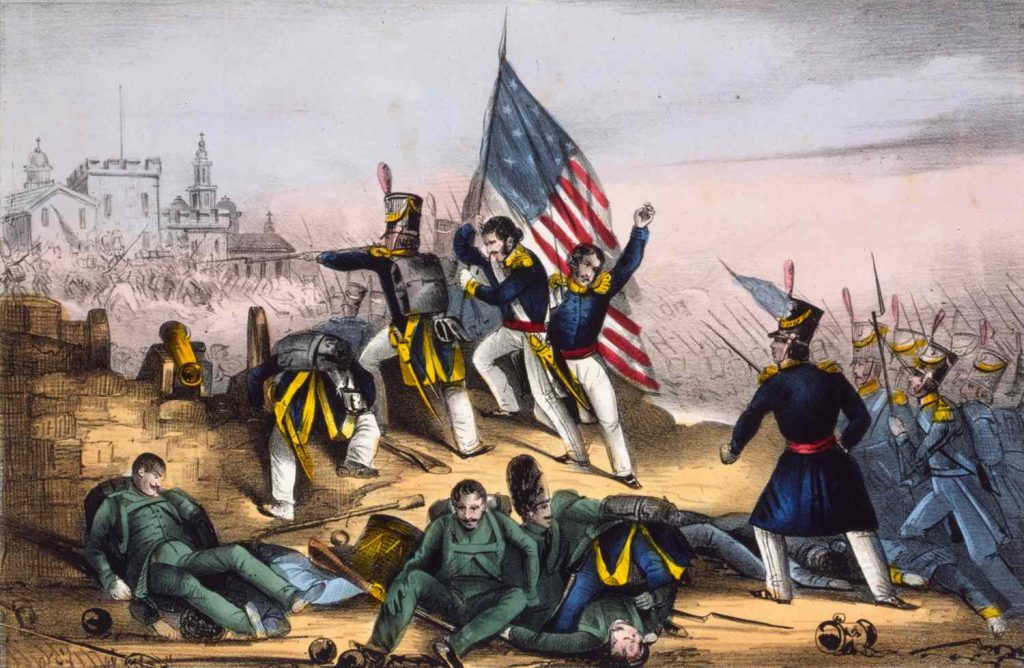In the early hours of February 4, 1801, a man rode through the muddy roads of Virginia, cloak drawn tight against the winter air. He was heading toward a destination that would alter the trajectory of American law forever. His name was John Marshall, and by the end of his tenure, the title “Chief Justice” would mean something vastly different than it had before he sat on the bench.
Few men in American history have reshaped a nation without commanding an army or winning an election. Fewer still have done so from behind the quiet, wood-paneled walls of a courtroom. But John Marshall was no ordinary jurist. When he assumed the role of the fourth Chief Justice of the United States Supreme Court, the judiciary was, at best, an afterthought—a weak, almost invisible branch of government. By the time he laid down his gavel three decades later, it was a powerful and equal partner in American governance.
Marshall was born on September 24, 1755, in a log cabin in Fauquier County, Virginia. The eldest of fifteen children, he grew up in the rustic backcountry, far from the polished world of politics and law. His formal education was minimal, but his father, Thomas Marshall, saw promise in the boy and fed him a steady diet of history, literature, and logic. More importantly, young John discovered the works of Alexander Pope and absorbed the ideals of reason and republican virtue.
By the time the Revolutionary War began, Marshall was in his twenties and full of the fiery idealism of his generation. He joined the Continental Army, serving under George Washington at Valley Forge and enduring the hardship of a poorly clothed, barely fed army that bled for an uncertain cause. That experience forged in him a deep respect for the Constitution and a belief in a strong, central government—an idea that would later put him at odds with many of his fellow Virginians, including his distant cousin, Thomas Jefferson.
After the war, Marshall studied law for just six weeks—an astonishingly short time by today’s standards—but it was enough. He had a brilliant mind and a way with words. He quickly rose in Virginia’s legal and political circles, developing a reputation as both a pragmatic thinker and a fierce Federalist. It wasn’t long before President John Adams took notice.
In 1800, Adams appointed Marshall as Secretary of State, but trouble was brewing. Jefferson’s Republicans had just swept the election, and Adams, in his final days in office, scrambled to secure Federalist influence wherever he could. One of his last acts was to nominate John Marshall as Chief Justice of the Supreme Court.
It was a gamble. The Supreme Court had little authority, and few Americans paid attention to it. But Adams, perhaps sensing the coming constitutional storm, believed Marshall could be the anchor in uncertain waters. And he was right.
Marshall’s first major test came almost immediately, in the form of Marbury v. Madison (1803)—a case that might have gone unnoticed if not for Marshall’s masterstroke of legal reasoning. The details were arcane: William Marbury, one of Adams’s “midnight judges,” had been denied his commission by the incoming Jefferson administration. Marbury sued, asking the Supreme Court to issue a writ compelling Secretary of State James Madison to deliver it.
Marshall could have taken the easy route—side with Marbury, make a political point, and risk a direct confrontation with the new president. Instead, he wrote an opinion that dazzled even his critics. Yes, he said, Marbury had a right to the commission. Yes, the law seemed to support his claim. But—here came the twist—the law that gave the Supreme Court the power to issue such a writ was itself unconstitutional. And since it was unconstitutional, it was null and void.
With that single decision, Marshall carved out a monumental power for the judiciary: the authority to strike down laws that conflicted with the Constitution. It was judicial review—and it wasn’t explicitly mentioned in the Constitution. Marshall had just invented it, wrapped it in logic, and sealed it in precedent.
From that moment on, the Supreme Court was no longer a passive observer. It was a guardian of the Constitution, and John Marshall was its voice.
Over the next thirty years, Marshall led the Court with a singular purpose: to shape a coherent, unified interpretation of the Constitution, one that emphasized national unity and federal authority. He did not believe the United States was a loose collection of independent states. To him, it was a single, sovereign nation—one people under one law.
In McCulloch v. Maryland (1819), he delivered perhaps his most powerful opinion. The case concerned whether a state (Maryland) had the power to tax a federal bank. Marshall’s answer was clear and elegant: “The power to tax involves the power to destroy,” he wrote, and no state had the right to destroy what the federal government had lawfully created. He upheld the constitutionality of the bank and struck down the Maryland tax, reinforcing the supremacy of federal law.
Again and again, Marshall returned to the same themes. In Gibbons v. Ogden (1824), he expanded Congress’s control over interstate commerce. In Cohens v. Virginia, he reaffirmed the Supreme Court’s authority to review decisions from state courts involving federal law. His opinions were not just rulings—they were manifestos for a strong, cohesive Republic.
What made Marshall so effective wasn’t just his intellect, but his style. He had a rare gift for clarity. His opinions, though sometimes long, were grounded in common sense and delivered in plain language. He built consensus among his fellow justices and often spoke for the Court with a single voice. That unity, rare today, gave his rulings a sense of weight and finality.
Outside the courtroom, Marshall was modest and affable. He loved storytelling, good food, and long walks. He avoided the pomp of office and never let his power go to his head. Yet in the quiet of his chambers, he was crafting doctrines that would last centuries.
Not everyone admired him. Jefferson, his old rival, seethed at Marshall’s rulings. To Jefferson, Marshall was a monarchist in disguise, twisting the Constitution to favor centralized power. “The Federal Judiciary,” Jefferson once said, “is the subtle corps of sappers and miners constantly working underground to undermine the foundations of our confederated fabric.” But history has largely vindicated Marshall.
More Stories
By the time of his death in 1835, John Marshall had written 519 opinions—more than any other Chief Justice in history. He had transformed the Supreme Court into the equal of Congress and the Presidency. More than that, he had established the principle that the Constitution was a living document, to be interpreted through reason and reflection, not just political expediency.
Even in death, Marshall’s influence lingered. He was buried in Richmond, Virginia, and when the Liberty Bell cracked during his funeral procession, some took it as a celestial salute. It was fitting. He had spent his life ringing the alarm for liberty—not the kind that favored states’ rights at the expense of the Union, but a liberty rooted in law, balance, and the protection of all Americans under a single constitutional canopy.
Today, every Supreme Court ruling, every debate over federalism or judicial power, owes something to John Marshall. His name may not always be shouted from the rooftops, but in the chambers where law and democracy meet, his voice still echoes.











































